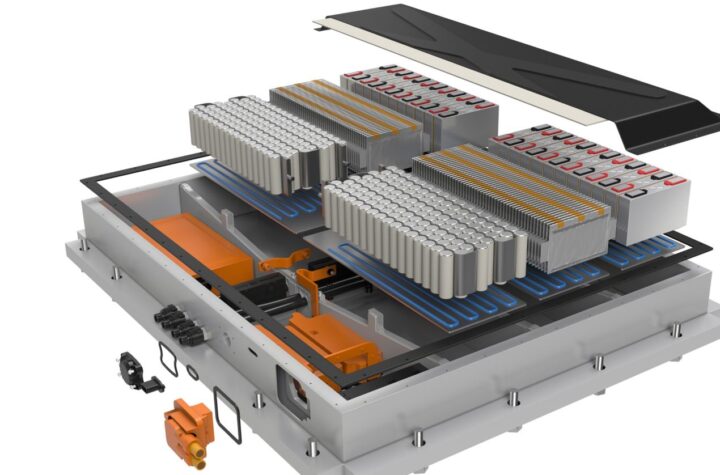
JCI continues to add fun and function to the automotive interior.
 |
| Johnson Control’s 3E concept interior is designed for fuel cell vehicles and features stationary seating with adjustable pedals and steering wheel. |
The 3E concept interior, which stands for Ecology, Economy and Ergonomics, is a nearfuture concept interior designed for fuel cell vehicles equipped with by-wire technologies.
The interior’s front bench-style seat is fixed to the floor adding structural stiffness to the chassis and improving structural integrity in a side impact crash. The steering wheel and pedals are adjustable.
A full-glass roof and floating dash add to the spaciousness of the interior. To allow for easy ingress and egress, the passenger side has standard doors while the driver’s side has a large electric sliding door.
This also allows for the use of unique seatback, floor and side trim cargo-storage systems. The rear seat is mounted to the vehicle’s side walls creating more storage space underneath. It seat adjusts to three positions. The seat can be raised from the standard adult seating position to give children a better view out of the vehicle, or stowed flat to the floor for added cargo space. All components are composed of recyclable plastics, textiles and sustainable textiles made from replenishable, natural materials.
 |
| Floor Rail (above) is the logical successor to JCI’s overhead rail system. Point (below) uses GPS technology to provide point-of-interest data including address information. |
 |
The ‘”Open Seating” concept offers another solution to the trend of fold-and-stow seats that are showing up in today’s minivans. The self-presenting contour system provides front-row comfort in the up position, but folds and stows to a thickness of 5.3 inches, providing for a zero-degree fold-flat load floor. JCI says that the system is available for integration into 2007 model-year vehicles.
One of the innovative new electronic products on display was a location- based information system called Point.
Using GPS technology and a digital map Point provides point-of-interest data such as food, gas and lodging options as well as relevant address and cross-street information, all designed into a small overhead display.
Information is limited to only that which is most often used and is accessible with only a few pushes of the button. The system’s low cost makes it an ideal option for entry- and mid-level vehicles.
The system data is stored on a media card, similar to those found in digital cameras and PDAs. Users can easily load alternate cards into the overhead console-mounted device, or the cards can be upgraded using a laptop computer. JCI says that the system is ready to go though it hasn’t announced any specific vehicle programs as yet.












More Stories
Your Guide to Filing a Car Accident Claim
Steps to Take Immediately After a Car Accident
What Makes SUV Cars More Prone to Accidents?